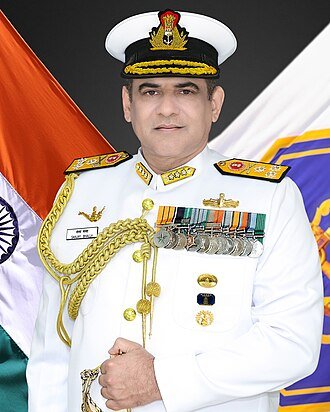What are Part-II Orders?
In the Indian Armed Forces, Part-II Orders are official records of important occurrences or events in the service life of a soldier. These orders ensure that all changes in the personal or family details of a serviceman are correctly documented and updated in official records.
Civilian job opportunities
Even after retirement, certain life events of ex-servicemen or their families need to be recorded through Part-II Orders. This helps maintain accuracy in pension records, welfare schemes, next-of-kin benefits, and other official documentation.
For retired personnel, these orders are processed through the respective Zila Sainik Board (ZSB) upon submission of the prescribed supporting documents.
Occurrences Accepted for Publication of Part-II Orders (Post Retirement)
Below are the main categories of occurrences along with the required documents:
1. Marriage
When a veteran marries post-retirement, the marriage must be recorded officially.
Required Documents:
- Affidavit (original) declaring marriage with reason for delayed intimation, attested by 1st Class Magistrate/Notary.
- Petition from veteran/widow with children, recommended by ZSB.
- Marriage Certificate issued by Registrar of Marriage.
- Birth proof of spouse (birth certificate, school certificate, or Aadhaar card).
- Two passport-size photographs attested by ZSB.
2. Birth of Child
Children born after retirement must be entered in service records for entitlement purposes.
Required Documents:
- Affidavit declaring birth with reasons for delayed intimation (if any).
- Petition from veteran/widow with children, recommended by ZSB.
- Birth Certificate issued by Registrar of Birth.
- Photocopy of school leaving certificate of child (attested).
- Aadhaar/PAN card of child attested by ZSB.
3. Death of Ex-Serviceman/Spouse/Child/Parent
Deaths in the family must be recorded for updating next-of-kin and pension records.
Required Documents:
- Petition from veteran, duly recommended by ZSB.
- Death Certificate issued by Registrar of Births & Deaths (attested).
4. Disability
If a veteran develops a disability post-retirement, it should be officially recognized.
Required Documents:
- Petition from veteran/widow/children recommended by ZSB.
- Original Disability Certificate countersigned by District Chief Medical Officer/Civil Surgeon/Medical Officer of Brigadier rank.
- Postcard-sized standing photograph showing disability.
5. Change of Home Address
For correspondence and pensionary benefits, address changes must be updated.
Required Documents:
- Declaration form verified by both ZSBs (where the district is changed).
- Photocopy of discharge book, attested by ZSB.
6. Divorce
Divorce cases need to be documented to update family status.
Required Documents:
- Petition from veteran/2nd wife recommended by ZSB.
- Decree of divorce from court in original or attested copy.
7. Adoption of Child
Adopted children are eligible for benefits only if adoption is legally recognized.
Required Documents:
- Petition from veteran, recommended by ZSB (adoption not accepted after death of veteran).
- Registered Deed of Adoption (original or attested copy).
- Child’s Birth Certificate/School Certificate/Aadhaar clearly mentioning DOB.
8. Change of Name
Any change in name of veteran or dependents must be recorded.
Required Documents:
- Affidavit declaring change of name with reason, attested by 1st Class Magistrate/Notary.
- Birth Certificate issued by Registrar of Birth/Death.
- Copy of education certificate/Aadhaar/PAN card attested by ZSB.
- Extracts from two national newspapers publishing the name change.
- Gazette notification of name change.
9. Correction/Amendment of Date of Birth
Errors in date of birth records can be rectified through Part-II Orders.
Required Documents:
- Affidavit declaring correction of date of birth with reason for delayed intimation.
- Birth Certificate issued by Registrar of Births & Deaths.
- Copy of education certificate/Aadhaar/PAN card attested by ZSB.
- Petition from veteran/widow/children recommended by ZSB.
Why These Orders Matter?
- Ensures correct pension and welfare benefits for veterans and their families.
- Updates dependents’ details for medical and canteen facilities.
- Prevents disputes in family pension claims.
- Provides legal recognition of family status changes.
Conclusion
For ex-servicemen, keeping Part-II Orders updated post-retirement is essential to safeguard entitlements and welfare benefits. The Zila Sainik Board plays a crucial role in processing and verifying these requests. Veterans are advised to complete these formalities at the earliest occurrence of any such event to avoid complications later.
Ex-serviceman healthcare services




































































